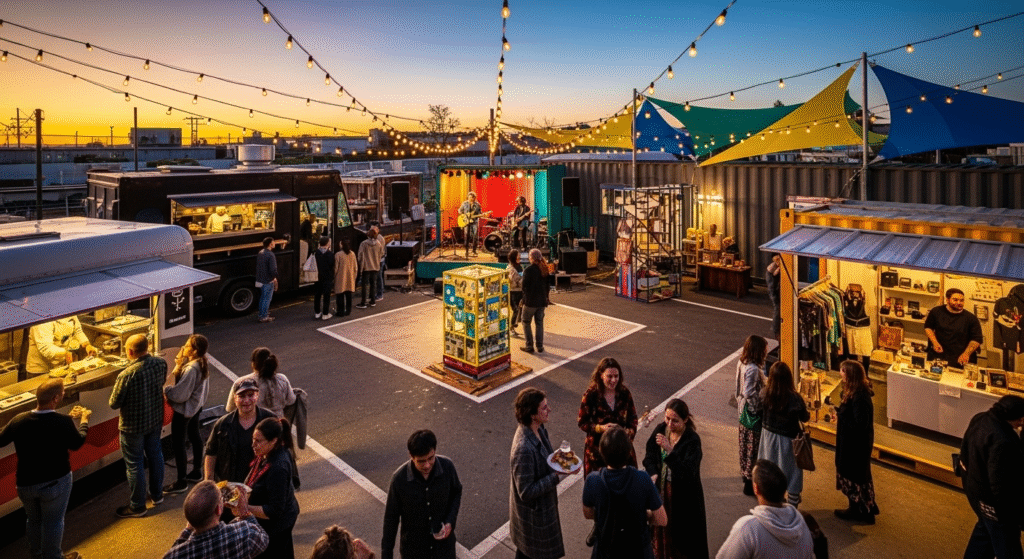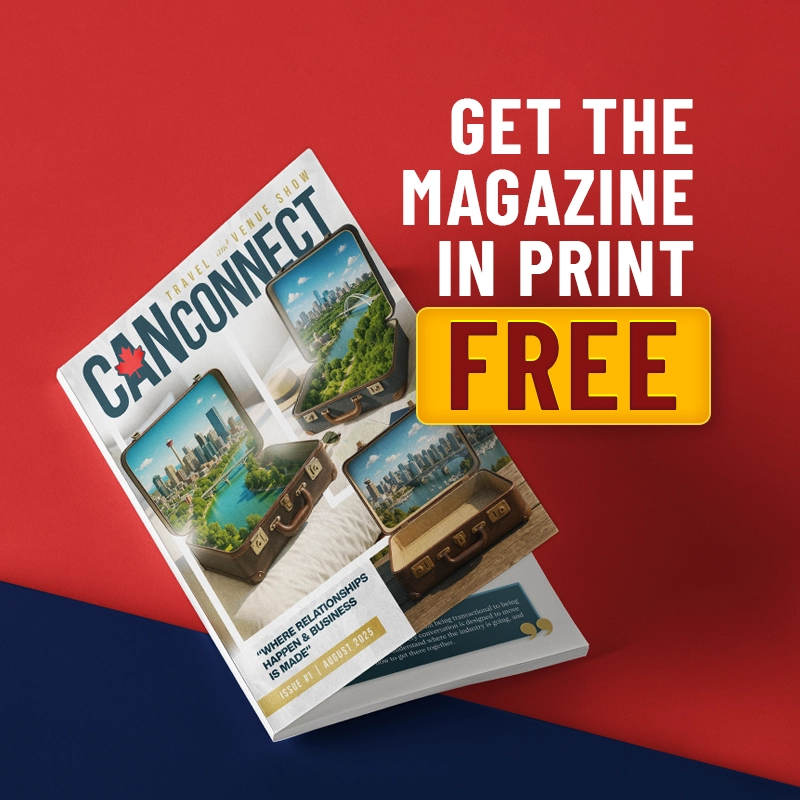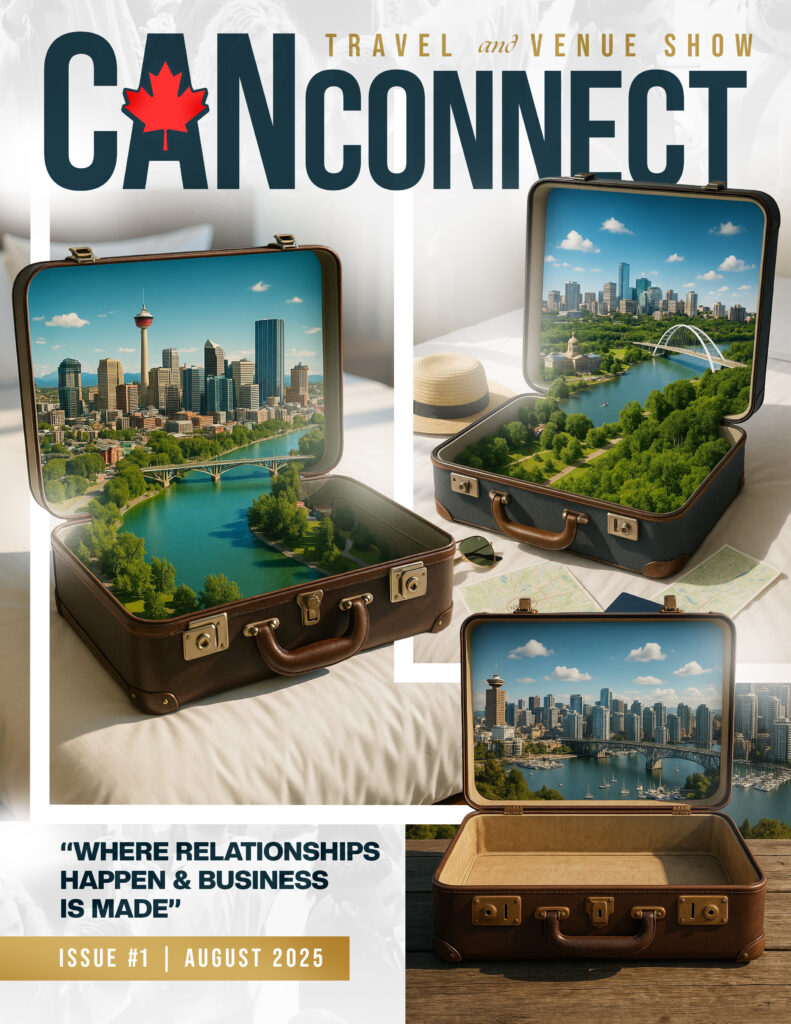Pop-up events used to be a novelty. You’d stumble across a one-night gallery or a rooftop concert that felt like a secret. Now, they’re part of how people go out, how cities plan, and how travelers experience culture on the move.
From flash dinners to micro-festivals, pop-up culture has grown from fringe to framework. These events aren’t just interesting. They’re practical, especially in a world where flexibility, speed, and originality matter more than long timelines or large-scale productions.

Why pop-ups make sense right now
One of the biggest advantages of a pop-up is its simplicity. A single artist or brand can activate a space, invite an audience, and build buzz without the overhead of a traditional event. No multi-month venue rental. No massive team. Just an idea, a location, and a few hundred people ready to experience something fleeting but memorable.
Cities and event organizers are leaning into this approach more than ever. Pop-ups are faster to produce, easier to adapt, and often generate more buzz than longer-running programs. They can be used to test ideas, spotlight local talent, or activate underused spaces. That flexibility has become a real asset in the current cultural landscape.
Travelers are planning for spontaneity
Pop-ups also speak to how travel habits are changing. Not everyone wants a fully packed itinerary. In fact, many people now leave room for what they might discover once they arrive.
Flash experiences, whether it’s a pop-up bookshop, a surprise brunch party, or a DJ set in a repurposed retail space, offer the kind of in-the-moment engagement that feels personal and local. Apps like Fever and Dice are helping travelers find these events more easily, treating them as a central feature of the destination, not a side bonus.
Cities are adapting to a new kind of culture
Tourism boards and cultural planners are no longer treating pop-ups as side projects. In many places, they’re now part of the official event strategy. That might look like short-term venue permits, flexible licensing for street events, or public art programs designed to rotate every few weeks.
Cities like Montreal, Berlin, and Melbourne are already known for this kind of rhythm. These events don’t just attract visitors—they give locals something new to return to. Pop-ups help keep public spaces dynamic, and they give neighborhoods a sense of ongoing creativity, even outside major festival seasons.
A new standard for events and experiences
The appeal of a pop-up is more than just its short lifespan. These events feel different. They’re often smaller, more interactive, and easier to engage with. People don’t have to commit to an all-day program. They can drop in, share the moment, and move on. That kind of light, low-pressure format resonates with how people want to connect right now especially when traveling.
For planners and brands, pop-ups also create space to try new ideas without locking into a long-term commitment. It’s not about cutting corners. It’s about being responsive. When the energy is right, people will show up.
What it all adds up to
Pop-up events have moved from the edge of culture to the center of how we experience places. They offer just enough structure to feel intentional, and just enough surprise to feel alive. For travelers, they create the kinds of moments that are hard to plan but easy to remember.
They’re not a trend anymore. They’re part of the way we live now.
Have a story, event, or perspective to share?
Reach out to team@canconnectshow.com to be featured in our Trends & Magazine section.
Interested in advertising or promoting your event on our website?
Connect with us at team@canconnectshow.com for ad opportunities.


